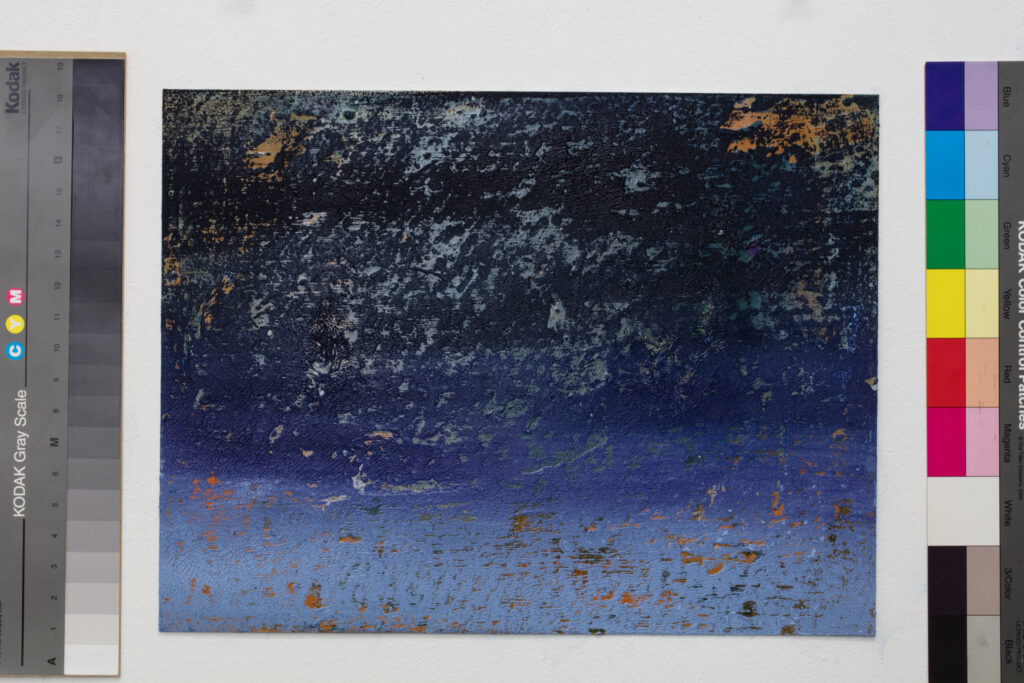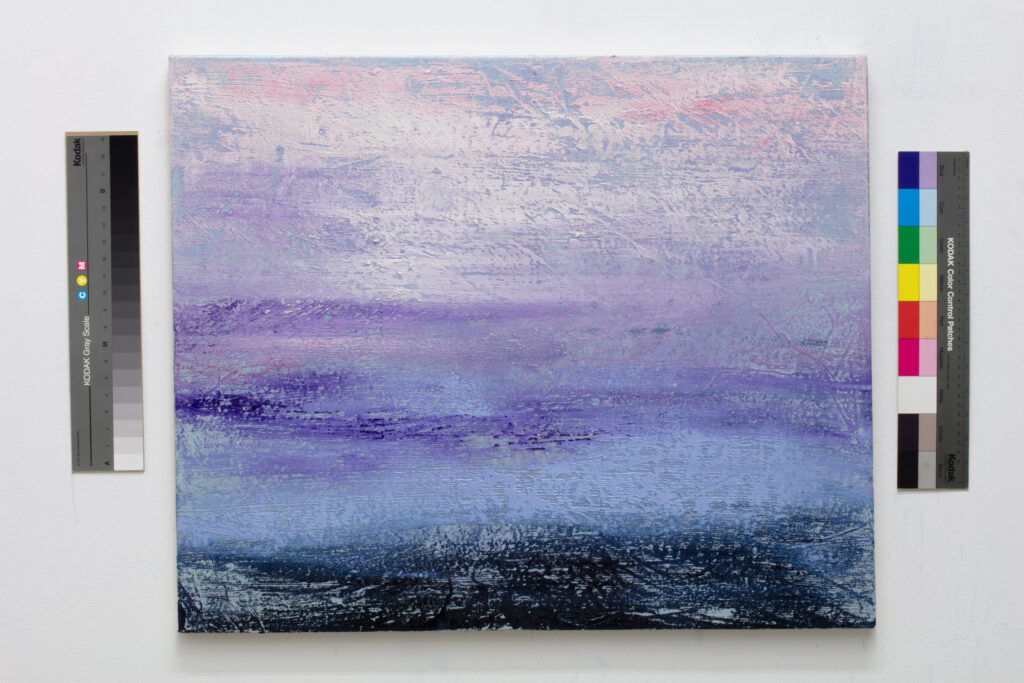Works of art are of an infinite solitude, and no means of approach is so useless as criticism. Only love can touch and hold them and be fair to them.
– Rainer Maria Rilke
A painting is far more than pigment on a surface; it is a living dialogue between the artist and the viewer, a vessel of meaning, and a timeless echo of human emotion. Understanding what a painting truly is requires us to explore its dimensions—its material, emotional, and metaphysical layers—through the lens of those who have mastered the craft.
1. The Material Dimension: Pigments and Surfaces
“A painting is a world within itself.”
– Hans Hofmann
At its simplest, a painting is a composition of pigments applied to a medium. Yet even in this physical form, it contains infinite potential. The colours, textures, and strokes create a physical world that can evoke memories, tell stories, or simply transport the viewer into an abstract realm.
The artist’s choice of material—be it the fluidity of oils, the immediacy of acrylics, or the delicate opacity of watercolours—lays the foundation for what the painting will become.
2. The Emotional Dimension: The Heart of the Work
“A painting is not a picture of an experience; it is an experience.”
– Mark Rothko
Paintings go beyond the visual; they speak to our emotions in a language that transcends words. Rothko’s quote perfectly encapsulates this idea: the best paintings are those that evoke something deep within us. They are designed not just to be seen, but to be felt.
When an artist paints, they pour their inner world onto the canvas. The viewer, in turn, brings their own emotions and memories to the painting, completing the dialogue. Each brushstroke carries the weight of intention, inviting interpretation and connection.

3. The Temporal Dimension: Paintings as Time Capsules
“Art is the only way to run away without leaving home.”
– Twyla Tharp
Every painting is a snapshot of its time, embodying the culture, politics, and sentiments of its era. Whether it’s the grandeur of the Renaissance, the rebellion of Impressionism, or the chaos of modern abstraction, each piece reflects the spirit of its age.
In this sense, paintings resist the pull of entropy. They preserve fleeting moments, giving them permanence and allowing future generations to glimpse a world long past.
4. The Metaphysical Dimension: A Portal to the Sublime
“Painting is silent poetry, and poetry is painting that speaks.”
– Plutarch
Beyond their tangible and emotional qualities, paintings often reach into the metaphysical. They become vessels of transcendence, opening windows to the sublime. Like a poem that condenses meaning into rhythm and verse, a painting distills the ineffable into form and colour.
Artists like J.M.W. Turner, whose works seem to dissolve into light, or Wassily Kandinsky, who sought to capture the spiritual in art, exemplify this dimension. Their paintings invite us to go beyond the material world and explore the intangible.
5. The Relational Dimension: Artist, Viewer, and Meaning
“The job of the artist is always to deepen the mystery.”
– Francis Bacon
A painting is not a static object; it is a relationship. The artist imbues it with intention, the viewer interprets it, and meaning is born in the space between. This relational aspect makes paintings profoundly personal and yet universally accessible.
As we’ve discussed before, the act of viewing a painting is transformative. It allows us to bring our own stories and perspectives into dialogue with the artist’s vision. Each viewer sees a painting differently, making it a living, evolving entity.
6. Why Paintings Endure
“Great art picks up where nature ends.”
– Marc Chagall
In a world dominated by digital media, traditional paintings remain deeply relevant. Their tactile quality, their ability to draw us into stillness, and their enduring emotional power ensure that they continue to captivate us. As Chagall suggests, paintings take what is raw and real in nature and elevate it, turning it into something timeless.

Conclusion
To answer the question, “What is a painting?” is to acknowledge its infinite dimensions. A painting is a physical object, an emotional experience, a historical document, a spiritual journey, and a shared relationship. As Rainer Maria Rilke reminds us, love—not criticism—is the key to truly touching and understanding a work of art.
Each painting invites us into solitude, mystery, and beauty—a reminder of the boundless creativity of the human spirit.
